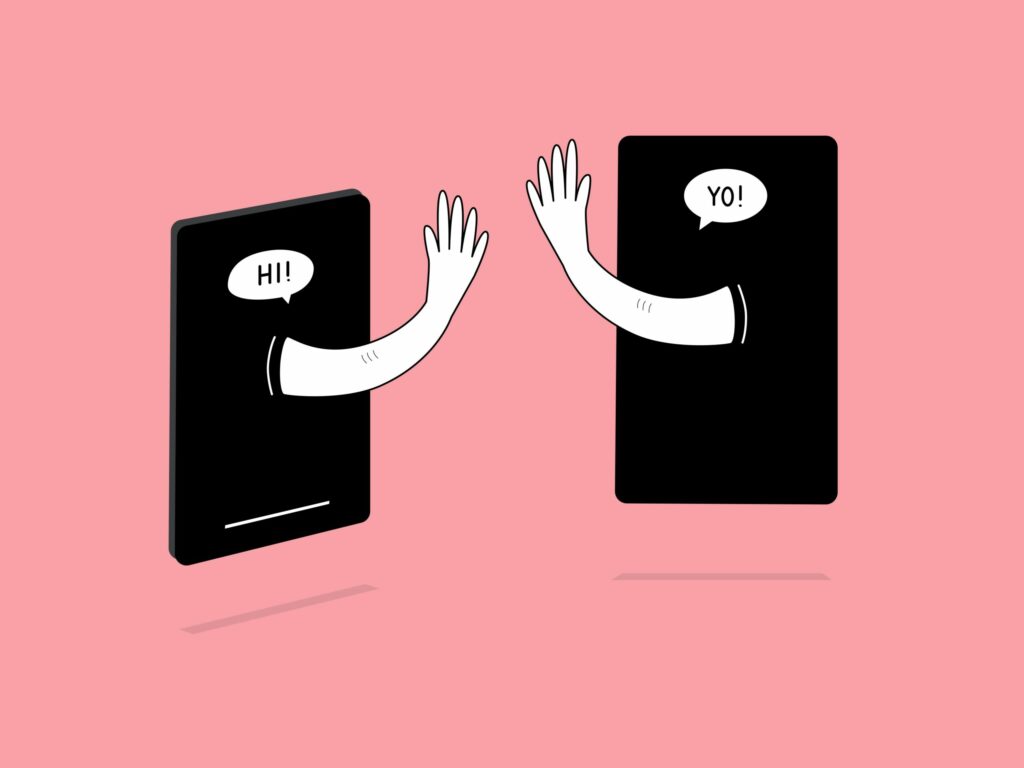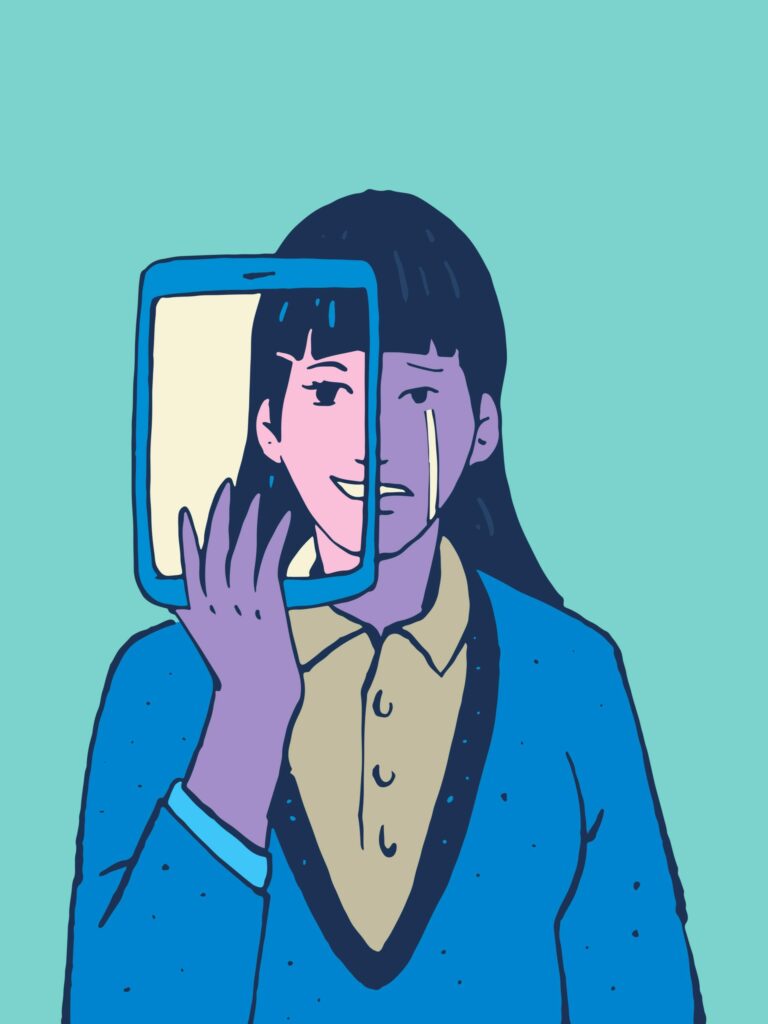The new generation needs to rethink the potential power of digital marketing to positively influence youth’s mental health. Gen Z is notorious for representing the most threatened generation to developing anxiety and depression. Nearly 15% of 12–25-year-olds experience mental health conditions which often lead to more critical diseases. To put that into perspective, that equates to roughly 1 in 7 youth, which is a significant number at scale.
Youth vs Digitilisation: Growing Mental Health Crisis
Adolescence is a fundamental stage where physical, emotional and social changes take place. Because these are the building blocks to creating healthy mental wellbeing habits in a person’s lifetime. Especially youth with exposure to poverty, abuse or violence become defenceless against mental health problems. Thus, protective environments are essential to fostering a healthy mentality. A major issue to vulnerable youth subsists to be access barriers. Accessibility is often one of the first steps to actively seeking mental health help. With the increasing use of digital platforms, accessibility may become more manageable than we think. However, digital solutions to mental wellbeing are often overlooked as social media instantly deems threatening. Instead, social media should be harnessed as a tool to modernise reaching vulnerable youth.

Social Media Doom
As we know, teenagers are constantly on Instagram, TikTok, Facebook… you name it. Tons of information is absorbed during the time spent on our devices. Social media is known to expose its users to misinformation, creating unrealistic standards to youth. Media influence can worsen this gap between adolescents lived reality and their perceptions towards the future. Therefore making young people sceptical of what information they can or cannot trust on digital platforms. Online, there is a mass of over commercialised campaigns that appear as ads rather than support, misinforming the target audience. Some brands even use mental health as a trend, validating this perceived notion. Even with striving for an improvement in ethical social media use, access may still be a hurdle to low income or marginalised groups of youth. Those without access to social media must rely on word of mouth from peers in social communities, such as schools.

Shifting Perspective: Positive Role of Digital Campaigns in Addressing Youth Mental Health
Thus, all negative considerations aside, social media influences can also be quite inspiring. From TikTok to Instagram, digital platforms can allow youth to open up about mental health in an online community. Thereby sparking real conversations and inspiring support where it’s needed most. Social media can be especially useful to mental health organisations when leveraging its benefits to promote digital marketing campaigns. Such digital campaigns should collaborate with both experts and the youth themselves. Social media can help spread knowledge and awareness about mental health, destigmatising it amongst peers. Mental health campaigns should focus on authenticity, relatable storytelling from peers and emphasising verified information. It is crucial for youth to be able to resonate with mental health campaigns or at least feel understood. The first step to seeking help is to be and feel understood by peers.
Digital marketing is a filler of the knowledge gap that young people often face, of ‘what to do’ or ‘where to go’. Thus, social media can help youth find a local institution that provides easier access to mental healthcare. For example, a local initiative is Quebec’s ‘Aire Ouverte’, focusing on improving these digitalisation strategies to raise awareness on their healthcare support. The service focuses on a ‘by youth for youth’ model to promote client comfortability. Even better, it’s free! A digital campaign highlighting these efforts must sound appealing to youth and motivate mental healthcare efforts.

Modernising Mental Health Accessibility
Specifically, when used effectively, digital marketing can destigmatize mental health issues and encourage young people to seek help. Social media platforms are a youth-centered communication space, used by many and accessible to most. These web platforms can be used to reach youth where they already are, which reduces the accessibility issue that refrains young people from seeking mental health treatment. Digital marketing is not just a communication method but gives young people the visibility and courage to talk about mental health. Modernisation is relying on digital platforms for everyday activities, so why not to make mental healthcare more impactful? Thus motivating young people through social media becomes the best strategy.
The future of mental health isn’t just in clinics – it’s in clicks.

Citations
Aire Ouverte : Services pour les jeunes de 12 à 25 ans. Gouvernement du Québec. (n.d.). https://www.quebec.ca/sante/trouver-une-ressource/aire-ouverte
Hamilton, J. L., Torous, J., Szlyk, H. S., Biernesser, C., Kruzan, K. P., Jensen, M., Reyes-Portillo, J., Primack, B. A., Zelazny, J., & Weigle, P. (2024, September 10). Leveraging Digital Media to promote youth mental health: Flipping the script on social media-related risk. Current treatment options in psychiatry. https://pmc.ncbi.nlm.nih.gov/articles/PMC11384282/
World Health Organization. (2025, September 1). Mental health of adolescents. World Health Organization. https://www.who.int/news-room/fact-sheets/detail/adolescent-mental-health
